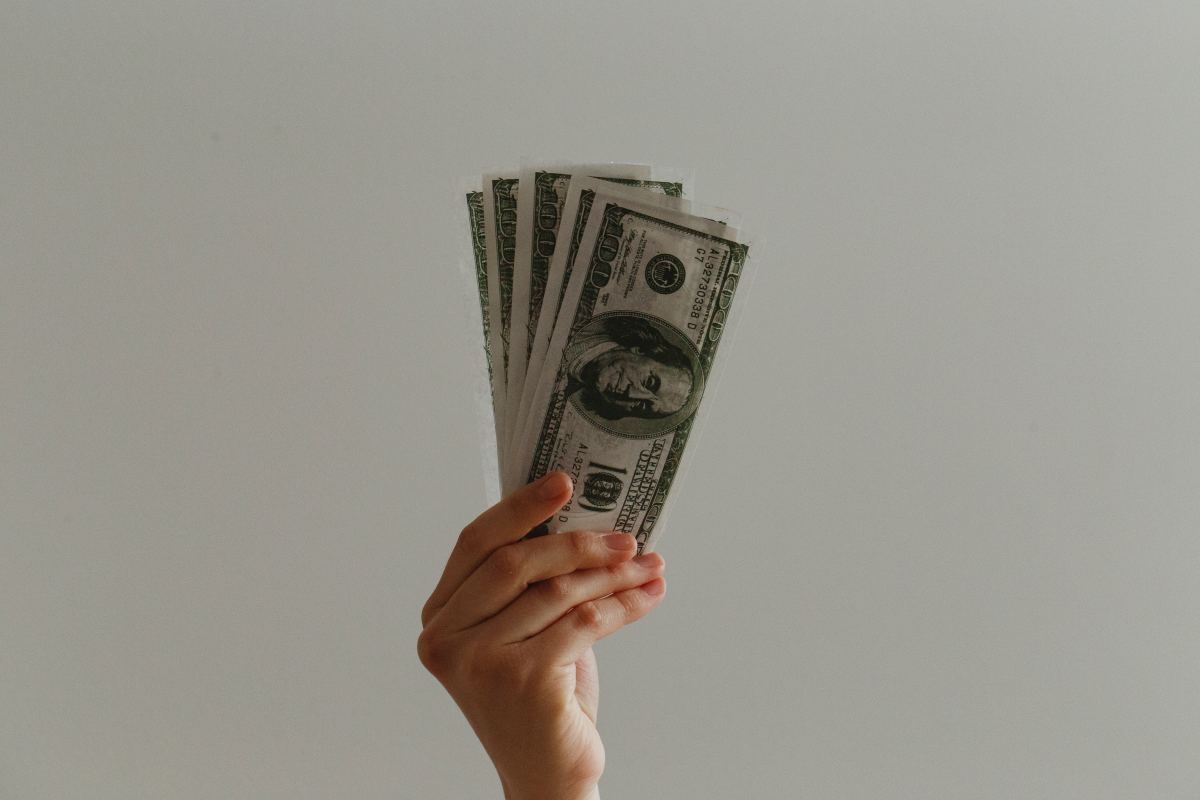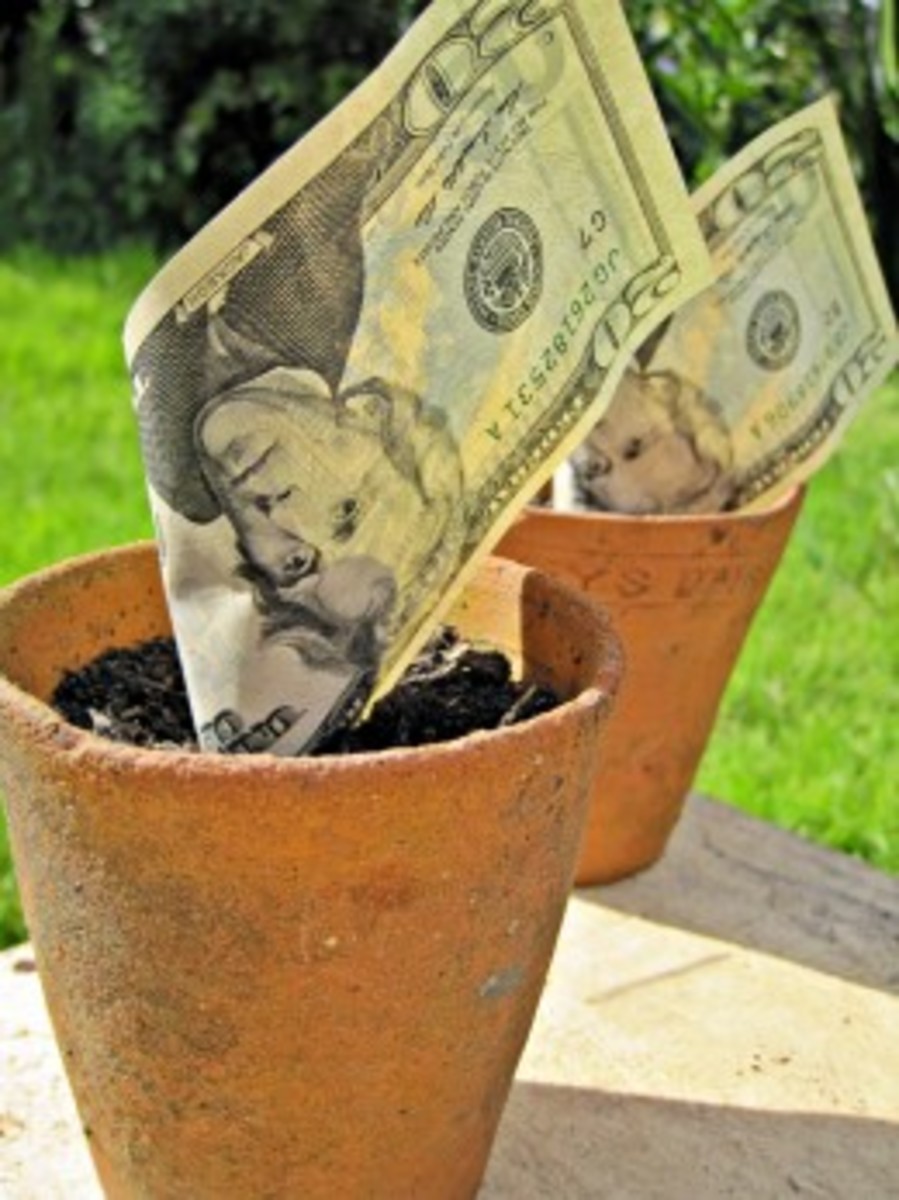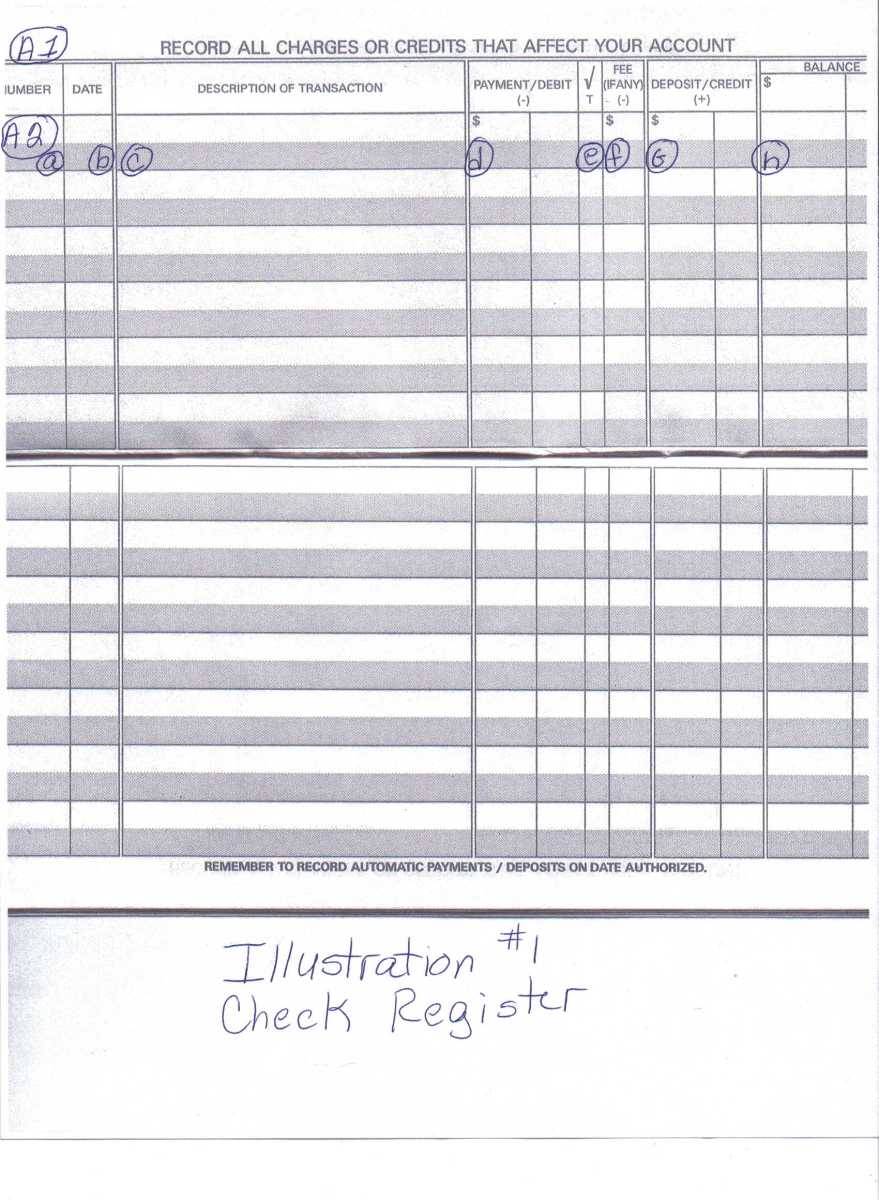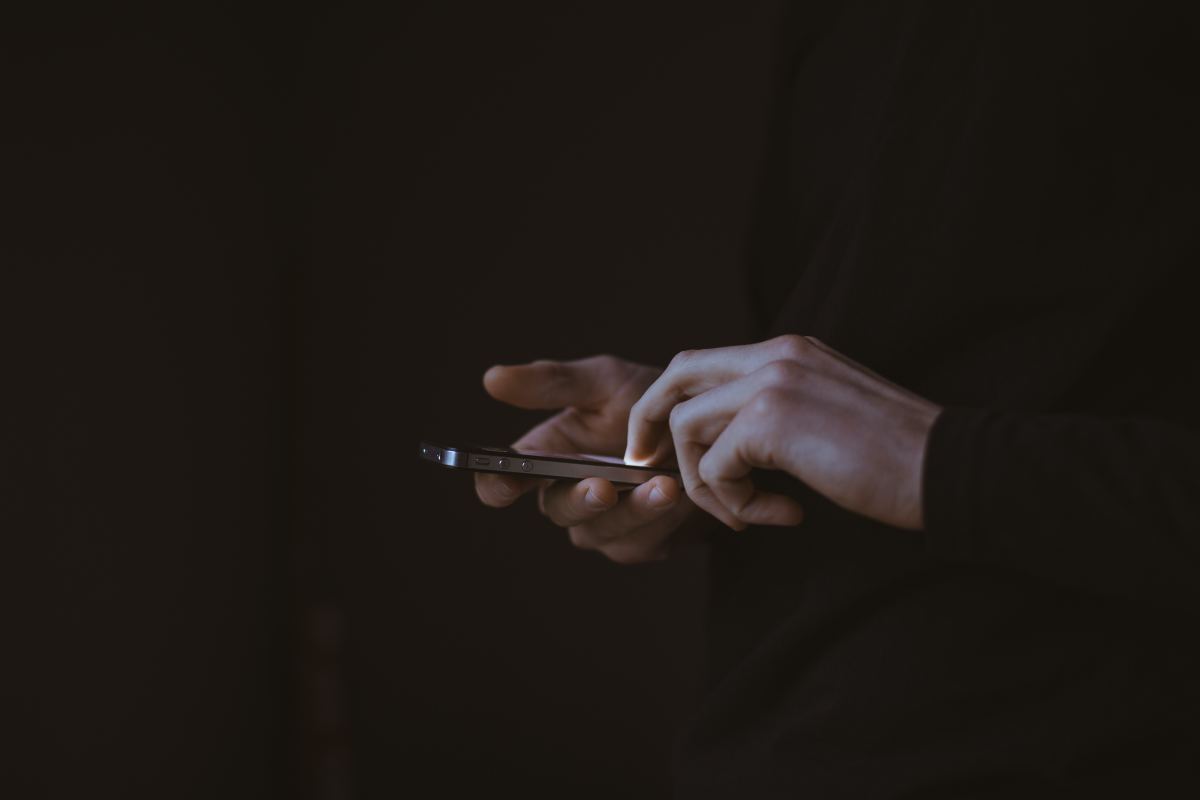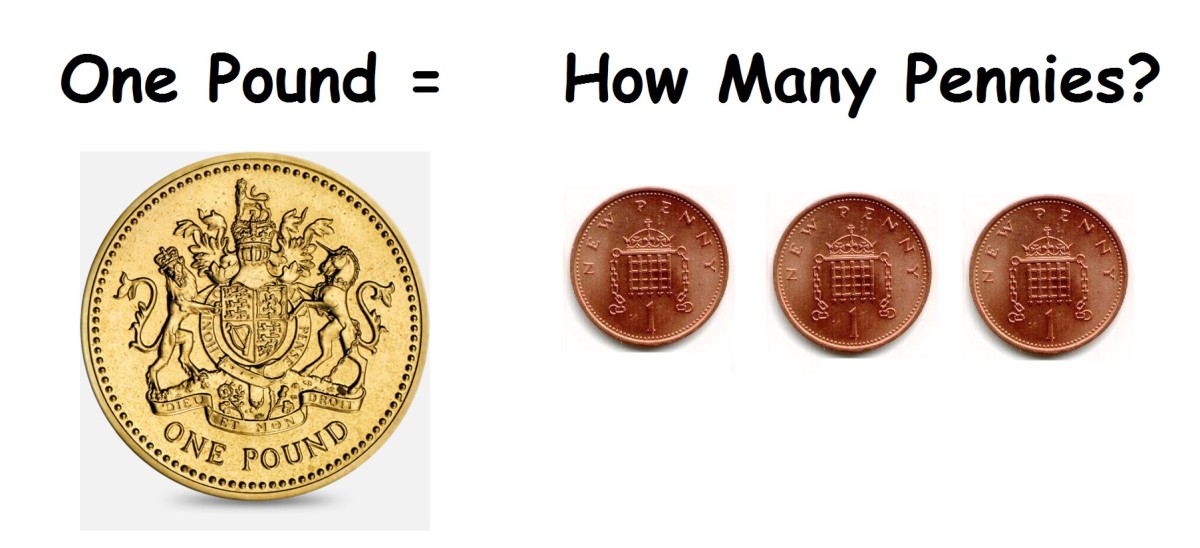What's The Deal With Checks?
Are you just curious how to write a check? If so, just head on down to the bottom!
What is a Check?
A check is a binding, legal document and is, perhaps, the shortest version of a contract. At its most basic level a check is an I-owe-you. Checks remain a popular form of payment because they are an easy way to draw from an established account. One thing that's important to remember is that a check is always connected to an account in some way.
Checks have value because, in a way, they represent a portion of an account which has available funds. Essentially, a check is a two-step withdrawal. As opposed to going to the bank (there was a time when going to the bank was the only way to access the cash in an account) and getting some of one’s money and then delivering it directly to the party owed, a check is a combination withdrawal-payment that fulfills both obligations simultaneously.
Checks work because they are an instruction to a financial institution. If you carefully exam your check; It reads “Pay to the order of [Insert Name], [Insert Quantity] Dollars.” They are set up in the same manner as a letter! Likely began as a simple memo (read on for history!), but became standardized over time for the safety of both customers and financial institutions.
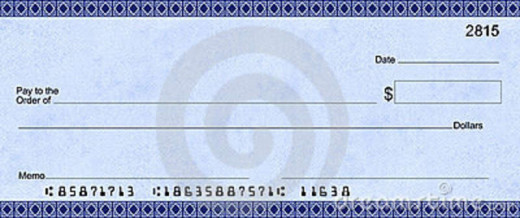
How do checks work?
Once a check has been properly addressed, dated, quantified, and signed [See How to Write a Check for more on this] then it can be delivered by mail or in person. When the person receives a check, that's where most of the action happens.
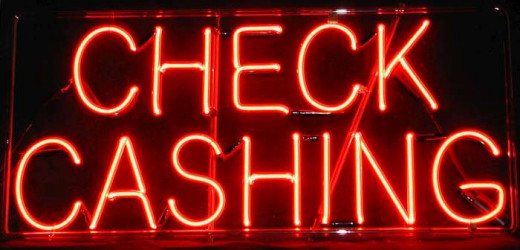
Cashing checks
Cashing a check is the manner by which you trade the piece of paper on which the instruction to pay is written, the check, and are given in return the amount of money detailed on the check. There are a few ways to cash checks:
- At the issuing bank. As has been established, checks are always connected to a bank account. The most direct way to redeem a check for its cash value is to take it to a branch (which is the way “local offices” are spoken of when referring to banks) of the issuing bank. For instance, if Kevin owes me ten dollars and has a checking account at David’s Keystone Bank, he can write me a ten dollar check. I can then take it to a local branch of David’s Keystone Bank with a valid ID and they can, in turn, give me ten dollars. If, however, Kevin’s account does not have ten dollars in it, the bank will refuse to give me any of the money. At that time, you would need to call Kevin and have him straighten things out.
- At the bank of the recipient, even if it is not the issuing bank. Using the same example as above, perhaps there are no local branches of David’s Keystone Bank or perhaps my own bank, First Seashore Trust, is closer to where I live. I can also take that ten dollar check to my branch and they will honor it in nearly the same fashion. It is less likely that a bank at which you have an account will require you to present an ID to cash a check, as they ought to have other methods of verifying your identity, such as samples of your signature. If I took Kevin’s ten dollar check to my bank and my account did not have ten dollars in it, the banker would likely not give me the money either. If an account holder’s account cannot “cover” the amount of the check (with the exception of guaranteed-funds checks such as payroll checks, government-issued checks, cashier’s checks, and money orders) then it must be deposited (for more on depositing checks, read on)
- At a check cashing store or office. This is a way for another way that an individual who does not have a bank account can cash a check. Places that cash checks will almost always charge a fee, somewhere between 1% and 3% is standard, for the service and may require multiple forms of identification. A check cashing store or office will not know whether an account can cover a check and will likely pay you the money no matter what, assuming you have the necessary identifications, agree to pay the appropriate fee, and the amount of the check does not exceed that particular outlet’s limitations for check-cashing.
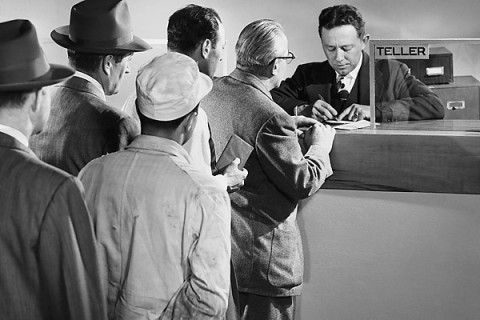
Everybody uses checks!
Sometimes checks can turn out to be interesting gifts. After all, actors, athletes, musicians, everybody uses checks!
Depositing Checks
Depositing a check is an alternative to cashing it when you do not want or need to have cash on hand. There are also a few ways to deposit checks:
- A check can only be deposited into an account that bears the name of the addressee and can only be done at the bank in which the addressee’s account is held. For example, to use the same scenario as above, I must take the ten dollar check that Kevin issued to me and deposit it into my own personal checking or savings account at First Seashore Trust--another banking institution will not have access to my account. In order to deposit a check, the accountholder will need a deposit slip (which can be picked up at the branch), the account number (which could also be looked up at the branch, if necessary), and the check.
- If someone has checks and cannot make it to the bank during the branch’s open hours, they may be able to leave the checks in a deposit safe to be deposited the next morning. This is not very common, but can be very convenient for business owners and other people who work hours that are not conducive to visiting the bank. Some banks will request that you leave with the checks a completed deposit slip, others are less strict.
- An even less popular way to deposit checks is through an Automated Teller Machine (ATM). ATMs owned by the same bank in which an individual has an account are usually equipped with the capacity to accept deposits. This can be somewhat confusing, especially for a first-time user, but typically the on-screen prompts will be sufficient to walk you through.
- There are some electronic devices that, if they are already connected to a particular bank account, will allow you to photograph or scan a check and electronically deposit it into an account, no matter how far away you are! This is perhaps the most convenient method of deposit of all and, in time, it will probably skyrocket in popularity.
One somewhat difficult-to-understand concept to keep in mind is that, although they are guarantees to pay, checks are not cash. They are what’s called “negotiable instruments,” meaning that they are ways of navigating the tricky world of “I-owe-you” payment. When a check is presented for deposit, that money may not be available for immediate spending. It may need to spend one, two, or several days “on hold.” If funds in a bank account are “on hold,” it means that, technically, they are there but they may not be used. Holds are a way to protect a financial institution from honoring bad checks (For more information on why holds are utilized, read on into the “History of Check-Writing” section).
How do you spend?
What's your preferred way to make purchases?
The History of Check-Writing
The beginnings
In a more noble time, when business deals were completed with a handshake and your word was your bond, the incredibly standardized version of a check that you see today would not have been necessary. A simple note instructing a teller of your intent would suffice. As has been suggested already, this practice doubtless began the trend of what would later be known as check-writing.
The benefit of checks for account holders is the convenience of being able to make payments without having the necessary cash on hand. It protects them from the dangers of being robbed (as checks are worthless unless filled out and signed by an accountholder) and saves them the hassle of traveling to their respective banks to make the withdrawals.
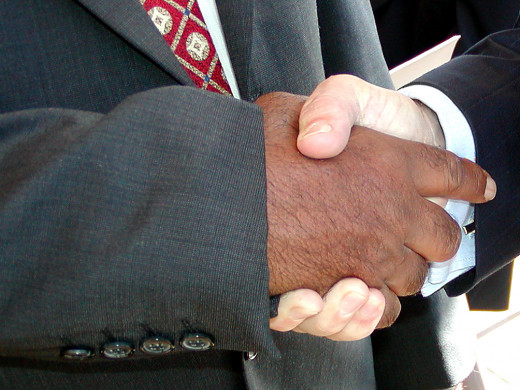
Honesty in Business
The problem with that, however, is that if a check from Bank A is honored at Bank B, Bank B has distributed funds which ought to be withdrawn from an account to which it has no access! The check, therefore, had to be taken to a branch of Bank A, so that Bank B could recoup the money it had issued on Bank A’s behalf.
It is this act that reveals how honor-based the check-writing system truly is. A check presented for cash or deposit at a non-issuing bank was treated as if the account to which it was attached had enough funds present to “cover it” without ever being verified. It could take days, or even weeks, before the funds could be received from the check-writer’s account. But what if it turned out that a check couldn’t be covered (that is, the account had less money in it than the check was intended to pay)? Most times the bank that honored the check in the first place would be hung out to dry. This was the reason that holds were implemented--locking up some of the money in case the check was bad was a way for the bank that honored the check to provide some measure of protection for itself, should the instrument turn out to be fraudulent or unable to be covered. Naturally, the sooner that an account’s balance could been authenticated, the safer it was to honor another bank’s checks, and so there was a need to speed up the process.
Interested in American Banking? Learn more on the cheap!
Clearinghouses
'The solution to this problem was found in the 1700s, according to banking lore, at a British coffee shop. The story goes that a London bank messenger stopped for coffee and noticed another bank messenger. They got to talking, realized that they each had checks drawn on the other's bank, and decided to exchange them and save each other the extra trip. The practice evolved into a system of check “clearinghouses'” [Read more here].
Clearinghouses used to be spread out all over the United States and all the checks from banks in a particular region would go to that region’s clearinghouse where they would be sorted and shipped to the appropriate banks. In pursuit of simplifying the sorting process, the “routing number” was born (the routing number is that 10-digit number on the bottom of a check with the weird symbols around it). Each bank has a routing number unique to itself, and so whenever a check with a particular routing number appears in the clearinghouse, there would be no mistaking where it had to be sent.
Today the many regional clearinghouses have been replaced by the Automatic Clearing House (ACH), which processes all check-related payments electronically.
Despite the increased speed by which banks continue to be able to verify a check’s validity, for years people have been manipulating the check-writing system with a variety of scams. People began creating checks attached to no accounts whatsoever, knowingly writing checks from accounts without enough funds to pay them, and manipulating the clearinghouse delay to spend cash that did not exist. Banks responded by increasing the security of their checks.
"Catch Me If You Can" helps explain why consolidating the clearinghouses makes checks safer for banks
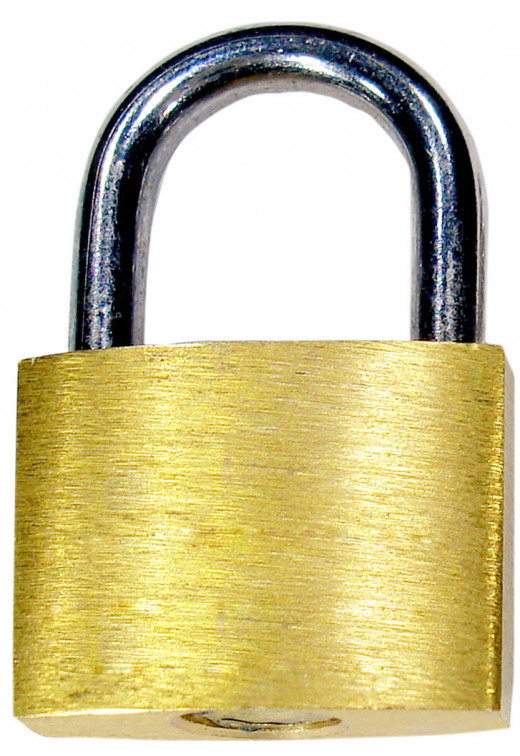
The Security Features of Checks
Nowadays checks are pretty impressive documents. Built into their design is a series of innovative and advanced features which decrease the likelihood of having them used fraudulently. Below are some of the security features.
Watermarks
Because a bank takes a check from the individual who presents it for cash or deposit, it cannot be used twice. The photocopier, however, allowed devious people to create multiples of a check and present the same check several times (usually at a variety of locations), and because of the delay in the processing of checks at the clearinghouse they could skip town before getting caught. The way in which banks defended themselves against this practice was by introducing watermarks onto their checks. Watermarks are subtle colorations (usually words such as “Original Document”) which are visible to the human eye, but that do not appear on photocopies. Watermarks have become such a standard that a check not reading “Original Document” would likely be rejected immediately.
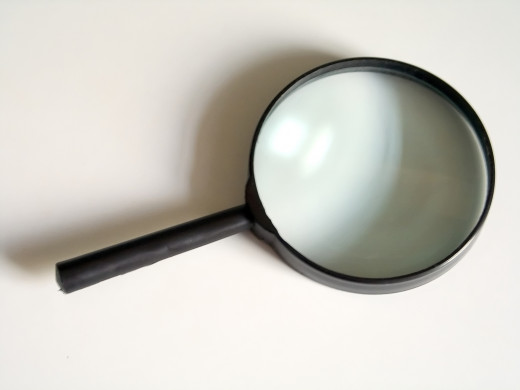
Microprint
Another defense against the photocopying of checks is the use of microprint. Microprint is just what it sounds like: very, very small printing. The most common place for microprint is the line on the bottom right-hand side of a check where the issuer signs his or her name. That line is, in fact, a series of small words. It is true that, to the human eye, these words cannot usually be seen, but they can be spotted easily with the assistance of a magnifying glass. Moreover, when photocopied these words appear as a dotted line which ought to be recognizable to a trained bank employee.
Chemically Sensitive Paper
One ingenious way that some criminals were manipulating their checks was to bleach the paper so that the ink would disappear, allowing them to re-write the amount of the check (so where a check used to say “seventy dollars” it could now say “one thousand dollars”). Checks are now printed on “chemically sensitive paper” which will react in a very noticeable way to manipulation by chemicals. Stains and distortions will appear, notifying the bank teller that something is wrong.
MICR (Magnetic Ink Character Recognition)
The last tool used by banks in the protection of their checks (and, as a result, their money) is the use of MICR, which can be easily read by both humans and properly-equipped machined. MICR allows for quick and accurate sorting of collected checks.
How to Write Checks
Writing checks can be intimidating if you've never done it before. There are so many blank spots and we've already learned that checks are legal documents, so you definitely don't want to mess up! Luckily, it's not as hard as it seems.
For a check to be valid it must have eight things present:
- Routing Number
- Bank Account Number
- Check Number
- The Name and Address of the Issuing Bank
- Date
- Addressee
- A Written Amount (the number in the box really doesn’t matter, but helps significantly with clarification, so fill that out too!)
- A Signature
Luckily, checks come standard with half of those things already:
- Routing Number
- Bank Account Number
- Check Number
- Name and Address of Issuing Bank
Take care with your spelling!
40 is “forty,” not “fourty,” and 100 is “one hundred,” not “a hundred!”
A bank may not give you trouble with misspellings, but it makes everything more clear when the language is precise.
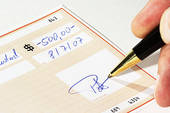
Your responsibilities, therefore, are...
- Date it! You can write a date that has not yet come to pass in this area--if you do so, the check will not be valid until that date. This is helpful if you know that money is not yet available in your account, but that it will soon become available
- Address it! The person(s), organization, or company to which you desire to make payment need to be present. If you wish to make out the same check to more than one person, such as a newly married couple, be aware that there is a difference in addressing the check to Mr. and Mrs. Taylor and addressing the check to Mr. or Mrs. Taylor--if you write “and” both parties will be required to sign the back of the check before it can be tendered [and it may only be deposited to account bearing both of their names] whereas if you write “or” then it makes no difference which signs it)
- Write the amount! On the long line below where you write the party(-ies) name(s), you must write out, using words, the amount, in dollars, that should be taken from your account and handed over to the addressee(s). When it comes to the end of the line, you’ll see the word “dollars;” immediately before this word is where you can designate any change that ought to be paid with a fraction. If you need to pay $37.56, the correct way to write out that amount would be “Thirty seven and 56/100.”
Last year [2012], the number of checks processed by the Federal Reserve fell at its steepest rate yet, down 17 percent to an average 23.5 million a day, July through September. That's a third of the volume processed 20 years ago [Source].
- Sign it, in ink! The line in the bottom right corner, where the microprint is located, is where you will sign your check. Try and sign your checks the same way as you signed the paperwork used to open your account initially. Bankers will be checking your signature against that signature as a security measure to ensure that nobody is forging your checks, and if you start writing sloppily, or make conscious changes to your signature without alerting your bank, you may cause trouble for your addressees because the bank may not honor the check. Always be sure that your signature is the last step in your check-writing process because the signature validates the other information and that could cost you a lot of money. If you leave another area blank or sign the check first and then lose it, you have made a guarantee to your bank that you will pay the amount written on the check, no matter what. A check with a signature that is otherwise blank may be addressed to whomever for whatever amount and the bank will honor it, believing you intentionally issued it, as your signature was present. Always signing your check as the last stage in the process will help to make sure that your checks are addressed to the write individual, for the right date, and in the right amount!
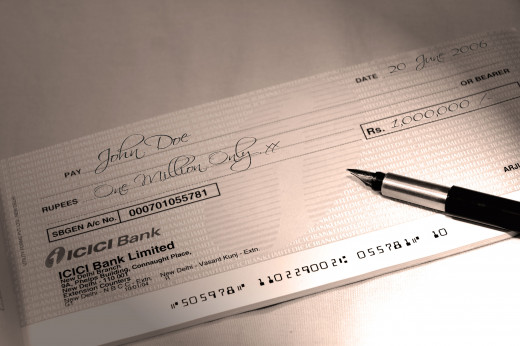
Receiving Checks
Receiving checks require much less thought than writing checks, and it's also way more fun! So if you're lucky enough to start getting some checks, this is what you gotta do:
Protect Them
Technically speaking, checks do not require the same level of protection as cash because cash can be used by anyone, while checks are more difficult--though not impossible--to use by someone for whom they are not intended. Lost or stolen checks can also have “stop payments” issued against them by the issuer in case of a problem, which acts as a backup security measure to protect both the issuer and the addressee. That being said, it’s still generally a pretty good rule to protect them like cash.
- With the exception of protecting them, don’t treat checks like cash. Cash can be folded, creased, and dampened without any change to its value (unless you’re a collector). Checks on the other hand can much more easily be damaged. It’s good practice to try and keep your checks straight and dry whenever possible--you don’t want to risk having an essential piece fall off or smudging the ink.
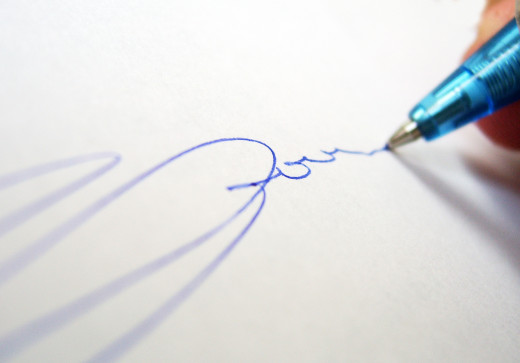
Sign and mark them
If you receive a check, you ought to immediately sign the back. The signature will be checked against an ID or signature card when it is cashed or deposited and so, even if you lose it, the banker is less likely to redeem if for someone else if your unique signature is already present. When signing a check use your legal name (no nicknames) as it is listed on the account. In addition to the signature, you ought to put the number of the account into which you plan to deposit the check or against which you plan to cash it (remember, checks typically require holds to be placed against your account, and can limit your spending freedom for the length of the hold--check with your bank to find out more about that institution’s specific hold policy).
-One other option is to write “For Deposit Only” onto the check if you plan to deposit it. This can keep lost checks from getting cashed. This phrasing is also commonly used by businesses who are depositing their checks, as a business will not have a signature to attach to the back. For individuals, however, it is usually a better idea just to sign the check.



